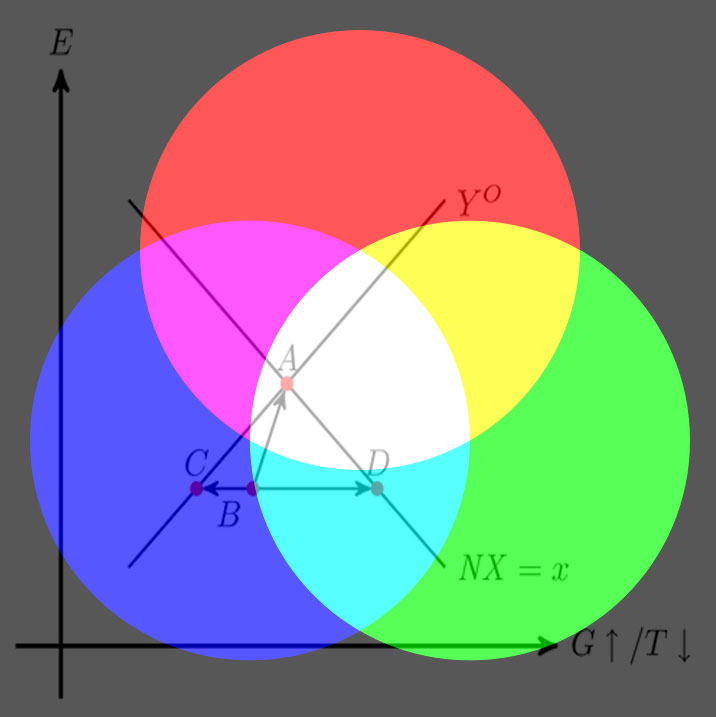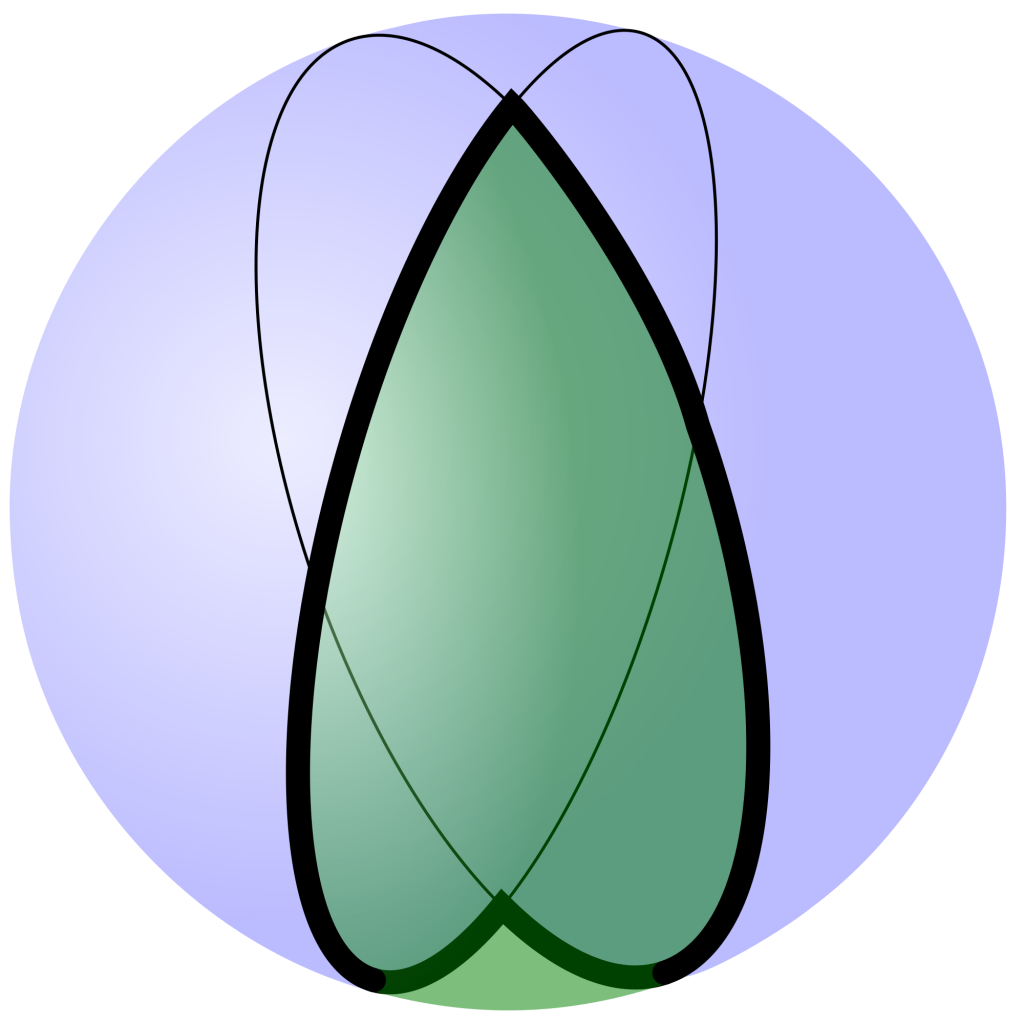 The intersection of art + science is not a place to which a map can be drawn. Its practitioners won’t give you a neat definition of the field or summarize the nut graph of its literature.
The intersection of art + science is not a place to which a map can be drawn. Its practitioners won’t give you a neat definition of the field or summarize the nut graph of its literature.
They will tell you that it’s not about answering the question, “What is art + science?” It’s about asking it. And then immersing yourself in the virtual space of discovery that follows. Taking notes on the journey between the asking and the answering.
It’s also about learning to ask really good questions, like how can the same experience give scientists new visual tools to dig into their data and contribute entirely new ways of making art to our culture?
Can an aesthetic, interactive experience with big data give people new ways of seeing science? Or allow artists and musicians to test the boundaries and researchers to break paradigms?
For some, discovering art + science is about giving ourselves permission to learn something new and different or making an effort to combine them more aggressively.
For others it is not about whether disciplines should or how they could combine, but about realizing that they are combined in daily practice.
It’s about learning together how It can be fruitful to notice how art and science inherently mingle and use the natural combo to your advantage, actively engaging both.
It’s about finding questions that specifically require interdisciplinary collaboration.
The search for great interdisciplinary questions
In physics, resonant frequencies are frequencies at which a system is prone to maximum vibration, oscillating at high amplitude due to an external force.
Take the Tacoma Narrows bridge, for example, which in 1940 encountered the right combination of wind and sway at just the right frequencies for the bridge to tear itself apart. The collapse was considered one of the largest and most surprising engineering failures in the 20th century. But on the flip-side, Rendezvous panelist Ruth West says, the Tacoma Narrows bridge phenomenon also led to advances in engineering that forever improved the way suspension bridges are built.
Mid-century engineers learned a lot from experiencing the resonant frequencies of the wind and the bridge components. Whether in civil engineering or in the laboratory, tension in a system can be a highly effective way of testing system parameters–testing the limits of what’s possible.
“Why not? If our disciplines could work together to solve the problems of the future?” –JD Talasek
If you consider solving world problems a system made up of parts, you might begin to understand that putting the pieces together often takes testing, trial and error, new knowledge along the way, and new, innovative approaches. Learning from iterations, prototypes, conversations, and field notes, in a community of knowledge.
The Art + Science Rendezvous conversation is about just that – combining disciplines to see what kind of interesting resonances emerge. Moderated by J.D. Talasek (DASER, cpnas.org) the event brought students, artists, authors, designers, scientists, industry leaders, and innovative thinkers from the Dallas-Fort Worth community together to explore the art + science frontier and learn how different communities approach the combination of disciplines.
Why the Combo?
Often the question of art + science becomes whether specialization and disciplines are necessary. Should we throw all division between fields out the window? Haven’t disciplines served us well? “Well of course they have,” says Rendezvous moderator JD Talasek. “But our 21st century challenges are going to require a very different way of thinking. Why wouldn’t we borrow ideas from another discipline if it was helpful. For Talasek, the question becomes, “Why not? If our disciplines could work together to solve the problems of the future?”
Rendezvous panelist Marco Buongiorno Nardelli says that while disciplines will continue to become increasingly specialized, the number of hybrid practitioners using a variety of disciplines to tackle problems will also continue to rise. Yet the problem of effective communication between the disciplines with different vocabularies, goals and different measurements of validity is a challenge.
To speak to this need, the annual National Academy of Sciences Keck Futures Initiative in November 2015 brought members of its Futures Network together to form task-groups and learn how to communicate ideas with each other, asking how “Ideation, Translation, and Realization” occur in collaborations formed on the frontiers of art, science, engineering, and medicine.
In that same spirit DASER, DC Art + Science Evening Rendezvous and LASER (http://leonardo.info) events bring people together to discuss art + science projects, initiatives, and form collaborations through discussion within overlapping communities. “What if building a place for conversations between people with different expertise could help…us to move more fluidly between other ideas, work in diverse teams and adapt to different learning environments in our jobs or in different areas of our lives?” asks Talasek.
Reading from a prologue, he introduced “five friends whose curiosity changed the world,” in the “Lunar Men” an 18th century society who met by the light of the moon to talk about the problems of the day and intermingle ideas to come up with innovative solutions.

“Together they nudged the whole society and culture over the threshold of the modern, titling it irrevokably away from old patterns of life toward the world we know today… Amid fields and hills, the Lunar men build factories, plan canals, make steam-engines thunder. They discover new gases, new minerals, and new medicines and propose unsettling new ideas. They create objects of bizarre beauty and poetry of bizarre allure. They sail on the crest of the new, yet their powerhouse of invention is not made up of aristrocrats or statesmen or scholars, but of provincial manufacturers and professional men and gifted amateurs. Friends who meet almost by accident…
“They came from varied backgrounds but when they edged towards rows they agreed to differ, turning back to things they shared. Like a living unit, the group stretched to encompass the awkward and odd. Only rarely was there an absolute impasse. Their passionate common exchange and endeavor was of a type that would never be possible again until today, with the fast and elaborate intimacy of the internet…” –The Lunar Men, Jenny Uglow
“So we’re not meeting tonight under the full moon but we meet in that same sort of spirit that they met so many times to have a cross-disciplinary discussion…of different people to see where we overlap and where we exchange,” said Talasek.
“By meeting on a regular basis to have discussions like tonight, we can begin to understand what’s happening in the other silo and possibly even become inspired by it in our own work.” ![]()
Read More: Art + Science, On the Agenda
JD Talasek Talks about National Academies art + science initiatives.
News@xREZ April 2016

